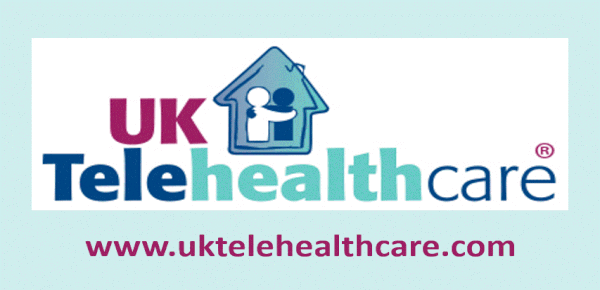Today (17 March), the Center for Medicare and Medicaid Services (CMS) issued a Fact Sheet and FAQs explaining how the expanded telehealth provisions under the Coronavirus Preparedness and Response Supplemental Appropriations Act and the temporary 1135 waiver will work. The main change is to (again) temporarily expand real-time audio/video telehealth consults in all areas of the country and in all settings. The intent is to maintain routine care of beneficiaries (patients), curb community spread of the virus through travel and in offices, limit spread to healthcare providers, and to keep vulnerable beneficiaries, or those with mild symptoms, at home. Usage is not limited to those who suspect or already are ill with COVID-19.
Previously, only practices in designated rural health areas were eligible for telehealth services, in addition to designated medical facilities (physician office, skilled nursing facility, hospital) where a patient would be furnished with a virtual visit.
The key features of the 1135 telehealth waiver are (starting 6 March):
- Interactive, real-time audio/video consults between the provider’s location (termed a ‘distant site’) anywhere in the US and the beneficiary (patient) at home will now be reimbursed. The patient will not be required to go to a designated medical facility.
- Providers include physicians and certain non-physician practitioners such as nurse practitioners, physician assistants and certified nurse-midwives. Other providers such as licensed clinical social workers (LCSW) and nutritionists may furnish services within their scope of practice and consistent with Medicare benefit rules.
- Surprisingly, there is ‘enforcement discretion’ on the requirement existing in the waiver that there be a prior relationship with the provider. CMS will not audit for claims during the emergency. (FAQ #7)
- Even more surprisingly, the requirement that the audio/visual platform be HIPAA-compliant, as enforced by the HHS Office of Civil Rights (OCR), is also being waived for the duration (enforcement discretion again), which enables providers to use Apple FaceTime, Facebook Messenger video chat, Google Hangouts video, or Skype–but not public-facing platforms such as Facebook Live, Twitch, or TikTok. Telephones may be used as explicitly stated in the waiver in Section 1135(b) of the Social Security Act. (FAQ #8) More information on HHS’ emergency preparedness page and OCR’s Notification of Enforcement Discretion.
- On reimbursement, “Medicare coinsurance and deductible would generally apply to these services. However, the HHS Office of Inspector General (OIG) is providing flexibility for healthcare providers to reduce or waive cost-sharing for telehealth visits paid by federal healthcare programs.”
Concerns for primary care practices of course are readiness for real-time audio/video consults, largely addressed by permitting telephones to be used, as well as Skype and FaceTime, and what services (routine care and COVID-19 diagnosis) will be offered to patients.
This significant expansion will remain in place until the end of the emergency (PHE) as determined by the Secretary of HHS.
In 2019, CMS also expanded telehealth in certain areas, such as Virtual Check-Ins, which are short (5-10 minute) patient-initiated communications with a healthcare practitioner which can be by phone or video/image exchange by the patient. This could be ideal for wound care where this Editor has observed, in one of her former companies, how old phones are utilized to send wound images to practices for an accurate ongoing evaluation via special software. E-Visits use online patient portals for asynchronous, non-face-to-face communications, initiated by the patient. These both require an established physician-patient relationship. Further details on both of these are in the Fact Sheet, the FAQs, and the HHS Emergency Preparedness page with links.
The American Medical Association issued a statement today approving of the policy changes, and encouraged private payers to also cover telehealth. The American Telemedicine Association didn’t expand upon its 5 March statement praising the passage of the Act but advocated for increased cross-state permission for telehealth consults.
Additional information at HISTalk today and Becker’s Hospital Review.







Most Recent Comments